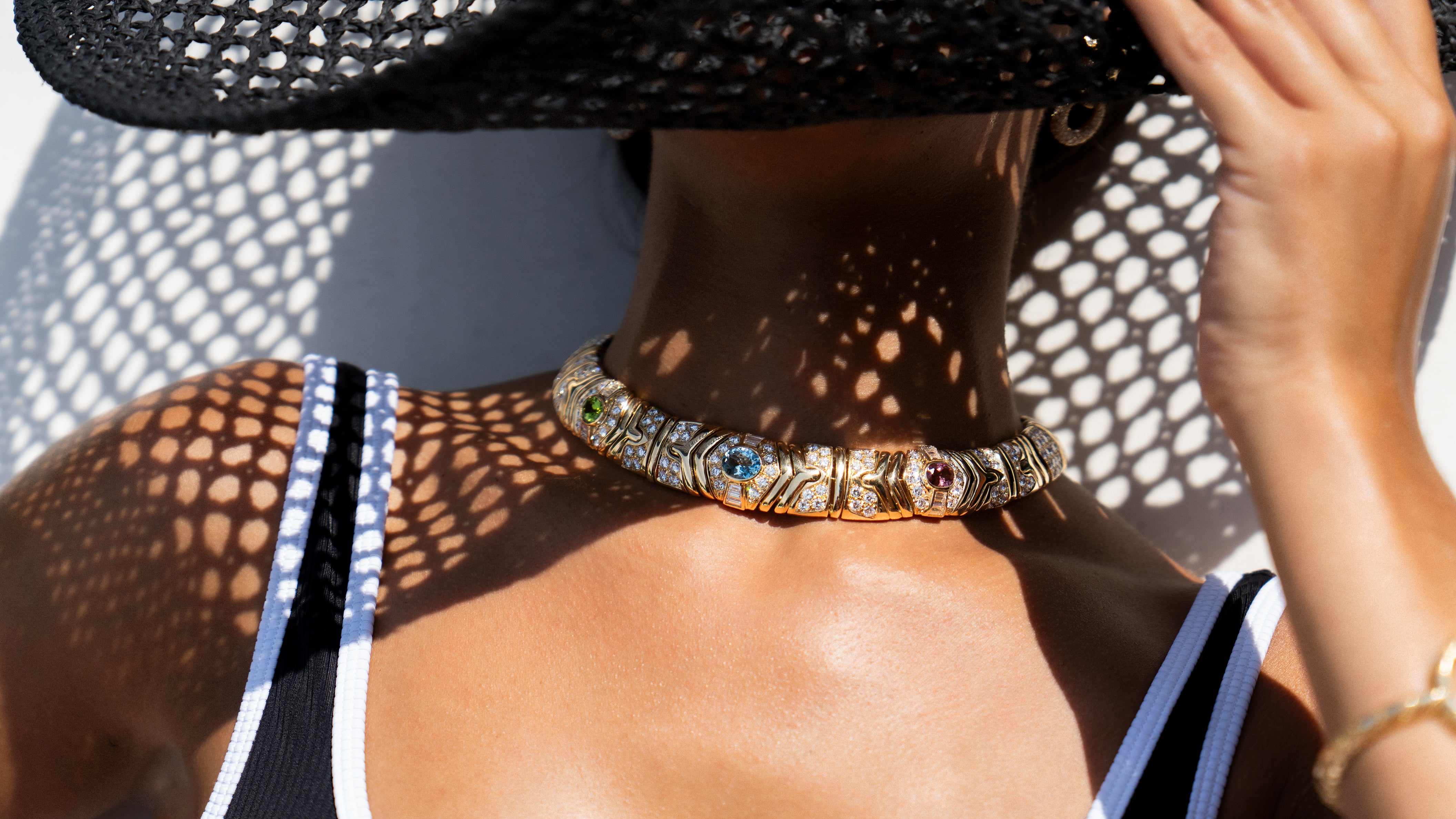Edward Moore
Tiffany's star silversmith won national acclaim for his work and is one of the most celebrated designers of his time.
From Father to Son
During the mid-1800s, Tiffany, Young & Ellis gained recognition for the silver works it offered from a variety of New York's most prestigious silversmiths. One of these was John C. Moore. As the demand increased, Tiffany decided to open its own silversmithing shop. And so it was that in 1851, John Moore began producing exclusively for Tiffany. It was also during this year that Tiffany adopted the English .925 standard of silver for their pieces, a true indication of the quality of their work.
Soon afterward, John Moore retired and turned the reins over to his son, Edward C. Moore. By the time he joined Tiffany, Edward was a seasoned silversmith, having spent over a decade learning the trade from his father. His association with Tiffany was one that would last 40 years.
When the other partners retired in 1853, complete control of the firm went to Charles Lewis Tiffany, and the business officially became Tiffany & Co. By this point, the world was farmiliar with the talents of Tiffany's silversmithing expertise.
Acquisition and Growth
In 1868 Tiffany & Co. bought Moore's plant and put him in charge of silversmithing. Moore saw early on the need for better artistic direction and set about establishing training facilities. Of particular importance to him were the decorative and industrial arts. Soon he had developed the most thorough and complete school of its kind in existence. Inspired by techniques used in Parisian technical schools, Moore introduced a system of his own in the curriculum for his apprentices, incorporating drawing and modeling from natural objects. He always sought to improve on old methods of silversmithing and metalworking, raising the standards into the fine arts.
His technical expertise and mentoring role moved the production of silverware from small studios into more extensive industrial facilities. This consolidation of resources enabled Tiffany's craftsmen to perfect their craft in areas like chasing and engraving. They would not have been able to accomplish this in a smaller shop with few skilled workers on hand to assist with the intricate production methods.
The wealth of skilled workers and the financial backing Moore's studio received ensured products that were impeccably styled and of the best quality produced on a scale that had not been achieved yet. Moore was able to design and create a plethora of exquisite pieces, particularly for international trade exhibitions.
Moore Style
Moore's forte was utility first, followed by grace and appropriateness of form. His inspiration came from his travels to Persia, Northern India, and Asia, but his work was original. One example was his famous "hammered silverware," which made its appearance at the Paris Exposition of 1878. These pieces were so authentic in type, method of application, and detail work, they created quite a stir in Europe, winning the highest honors at the Exposition. After that, hammered silverware quickly caught on. Moore's unique approach to hammering was to show the hammer blows just as they were made, embellishing the effect by oxidizing. He then incorporated natural motifs, such as birds, fish, flowers, insects, and foliage mounted on the silver and crafted in gold with other alloys.
Moore, a modest man who shied away from the spotlight, was the leading force in Tiffany's silver making. He remained with Tiffany & Co. until he passed away in 1891. To this day, his work is highly revered for its exquisite craftsmanship and imaginative details.
1889 Paris Exposition
Moore was fascinated by the amalgamation of metals, a process invented by the Japanese. The process consisted of several metallic compounds worked up together, with each one retaining its original purity. He produced impressive examples of his work for the 1889 Paris Exposition, including a three-foot vase.
Notable among Moore's works are his archaeological revival pieces. The theme was all the rage at the time, inspired by excavations and discoveries of ancient sites. Moore's most exceptional work for the Exposition was the Saracenic silverware he produced. Crafted in vases, fruit dishes, and coffee pots, these pieces were the pride of his career. The works took their cue from ancient art, but for the decoration, Moore incorporated the enameling of orchids, a process introduced by his fellow Tiffany designer, Paulding Farnham.
Enameling was one of Moore's favorite techniques. His quest was to overcome the glassy effects of Russian and Persian silverware. His success is apparent in the beautiful pieces he created for the Exposition.
Just a Bit More
Moore also developed etching on metals as another distinct segment of the industry, a technique that was eventually replaced by engraving.
The silversmith's preferences for natural forms and Oriental designs were prescient of the rising Art Nouveau movement. Art was his great love, and he possessed many objects d'art in his own home.
Awards
- 1867 Paris Exposition, Grand Prize for Silver Craftsmanship
- 1876 Centennial Exposition in Philadelphia, Pennsylvania, Highest Awards for Work in Silver
- 1878 Paris Exposition, Gold Medal
- 1889 Paris Exposition, Chevalier of the Legion of Honor
